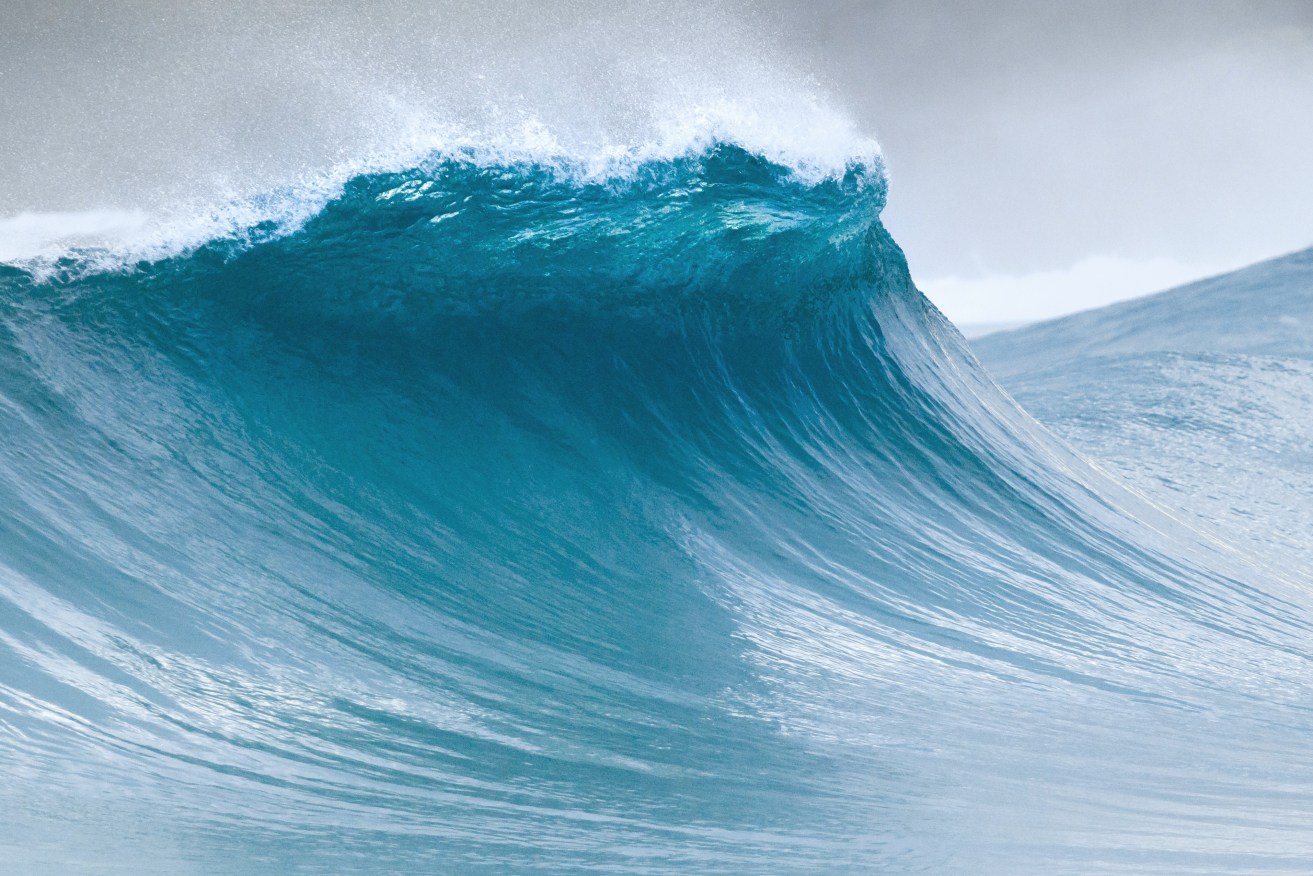Ocean waves and nuclear fusion behind new Australian technologies for green power


Waves could be the key to creating more renewable, green energy. Photo: Getty
Demand for green energy in Australia is set to soar.
The Labor government has committed Australia to the Paris Climate Accords, signing up the country to reduce the nation’s carbon emissions by 43 per cent by 2030.
Currently, 71 per cent of Australia’s electricity generation comes from fossil-fuel generators and only 29 per cent from renewables.
However, to meet national commitments renewables will have to account for 82 per cent of generation by 2030.
This is a huge task that will create opportunities to innovate and commercialise new technologies.
Some in the green energy space are already on that path and some are already producing power.
Wave Swell Energy
Just over a year ago this unlisted public company Wave Swell Energy started sending power into the National Electricity Market from its installed wave energy plant at King Island in Bass Strait.
“Our technology is relatively simple,” said Paul Geason, the company’s CEO. “It’s called an oscillating water column, but it is best described as an artificial blowhole.”
The device, a massive concrete and steel chamber, sits on the seabed about 50 metres offshore on King Island, in six metres of water.
Waves flow into the chamber as they would into a natural rock blowhole on the ocean floor.
Rising water pressure then displaces air through specially designed vents that close when the wave peaks. Then, as the wave recedes a vacuum is created in the chamber and air is sucked back in, spinning a turbine as it goes.
“Importantly, we spin the turbine with air – it has nothing to do with water,” Mr Geason said.
That means the mechanism isn’t exposed directly to potentially damaging wave power nor does the turbine spin in two directions as the wave rises and falls.
That would create technical complexity and more possibilities for things to go wrong. The simplicity of the technology means “there are no moving parts in the water”, Mr Geason said.
Wave Swell Energy
An extra layer of protection from very heavy seas lies in a mechanism that automatically cuts off operation if waves are dangerously powerful.
That all translates into a solid commercial advantage compared to more complex technologies.
“We are getting really high efficiency [in electricity generation] at a much lower cost,” Mr Geason said.
The electricity produced is run through a smoothing arrangement that ensures a steady supply of current that can be connected to the power grid without risk of surges.
The unit has stability because when the concrete and steel structure is filled with water “it weighs 1200 tonnes”, Mr Geason said.

Wave Swell Energy has established a generator on King Island.
The King Island unit produces 200 kilowatts of electricity but “we’re confident the next units we build will be in the order of 500 kilowatts to one megawatt,” he said.
That will deliver power in commercial quantities.
The move to commercial scale will be done with partners Mr Geason suggested will be from big power and infrastructure groups, both in Australia and overseas.
To date, $10 million has been invested in the project.
HB11 Energy
At the other end of the technology spectrum sits HB11 Energy, a company emerging from university research that plans to harness nuclear fusion – the source that drives the Sun.
HB11 is building on decades of research carried out by German Australian physicist Dr Heinrich Hora and researchers at Australian and international universities.
The company is developing technologies to utilise what is known as hydrogen-boron 11 fusion.
This is a ‘holy grail’ of nuclear fusion; and HB11 research creates the reaction necessary for the technology to work with high-powered lasers.
“Hydrogen-boron 11 fusion has always been the ultimate fusion reaction. It does not create radioactive waste and its fuels are both abundant in nature and non-radioactive,” HB11 managing director Dr Warren McKenzie said.
Undecided with Matt Ferrell
The technology would see two high-powered lasers targeted on hydrogen-boron 11 atoms.
The lasers would trigger a nuclear fusion reaction that, in turn, would produce a constant flow of electricity that could be connected to the power system.
The direct creation of electricity through the reaction makes the process far easier than other fusion technologies.
“You don’t need to go through a steam turbine and you don’t have to heat things up to crazy temperatures,” Dr McKenzie said.
The technology is yet to be commercialised but “earlier this year we became the first company to actually demonstrate fusion,” Dr McKenzie said.
“That’s a long way from building a power station and we still have a lot of science to do.”
The next milestone they must achieve is turning the reaction into “a net energy gain” that will see its potential for commercialisation emerge.
Improvements in laser technology make that a possibility in the foreseeable future, he said.
But investors don’t see the technology as ‘pie in the sky’, with $4.9 million in funds committed by high net worth individuals in late 2020.
University grants recently boosted funding by about $40 million, with HB11 committed to raising about $20 million from commercial sources.










